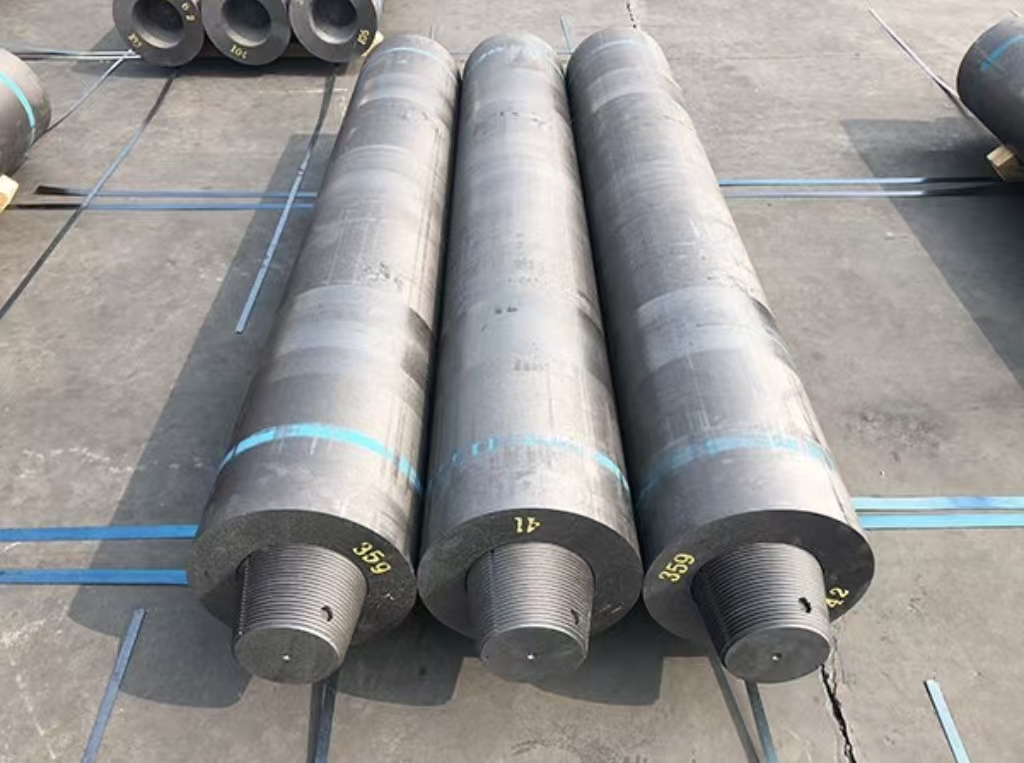The electrode is made from a conductive material and its primary determinant is its application. However, these electrodes are typically graphite. Gold, Platinum & Silver are some of the most renowned noble metals that can be used but they are a bit expensive.
Table of Contents
ToggleGraphite which is known for a good conductor of electricity can be used as an electrode. This is chemically stable, and can withstand only at high temperatures. It usually allows lower reactivity thus making it a suitable electrode that can be used in electrochemical cells.
What Is An Inert Electrode?
This type of electrode doesn’t participate in a chemical reaction; some most commonly used inert electrodes include platinum, gold, graphite, and rhodium.
Here we have defined the basic characteristics of an inert electrode:
1: Chemical Stability
It usually won’t react with electrolytes and the inert electrolytes are chemically stable in the electrolyte they are used with. By this, we mean that they don’t participate in the reactions that occur in electrochemical cells.
2: Conductivity
A good electrical conductor and inert electrodes are excellent conductors of electricity and it allows electrons to flow easily.
3: Surface Area
A large surface area facilitates reactions and the area increases the interaction between the electrodes and the electrolyte.
How Graphite is An Inert Electrode?
Graphite is mostly used as an inert electrode because of its special physical characteristics. It is appropriate for electrochemical applications because of its high electrical conductivity, which permits electron transmission. However, the primary source of this conductivity is delocalized electrons, which allow electrons to easily travel along planes inside its layered structure.
The capacity of graphite to tolerate high temperatures—roughly 3000 degrees Celsius—without degrading is another feature. The stability guarantees that the electrode keeps its integrity throughout the reactions, and it is extremely crucial at high temperatures.
Graphite structure comprises the sheets of carbon atoms and has been arranged in a hexagonal shape. These layers can be held together allowing them to slide over each other easily. And this property, not only contributes to graphite lubricating abilities but also reduces the risk of electrodes during redox reactions. Both the combination either high electrical conductivity and a layered structure makes graphite an inert electrode and this can be used in various electrochemical systems.
Is Graphite a Valuable Inert Electrode in Industrial Processes?
Graphite is highly recognized and is most probably used in electrochemical applications. This includes batteries, and fuel cells and its structure consists of layered carbon atoms and allows excellent electrical conductivity. Thus, it is crucial for efficient electron transfer in these systems.
Well, graphite serves as the anode material and enables the interaction of lithium ions during charging and discharging cycles. In fuel cells, graphite is mainly used to create bipolar plates facilitate the transport of electrons, and provide structural integrity. During electrolysis, graphite electrodes can efficiently facilitate the decomposition of compounds like water.
Some of the advantages of it:
- It is widely accessible and reasonably priced.
- A cost-effective option for industrial settings.
- Zero- corrosion and has a high melting point.
- It guarantees life and resilience in harsh settings.
- Because of its characteristics, graphite is a perfect fit for many different electrochemical procedures.
- Supports industry-valued inert electrodes.
Conclusion
Here, we’ve covered some of the most important details about graphite electrode inertness:
- Possess great chemical stability: The electrodes are resistant to reactions and sustain a high degree of chemical stability. Therefore, they are the perfect option for electrochemical applications.
- High Conductivity: Its electrical conductivity enables effective electron transport during electrochemical reactions.
- Temperature Resistance: Graphite performs better in harsh environments and can tolerate high temperatures without degrading.
- Poor Reactivity: It avoids undesirable side reactions because of its poor reactivity with the majority of electrolytes. This guarantees precise and trustworthy measurements.
- Thermal Conductivity: Graphite’s strong thermal conductivity aids in heat dissipation during electrochemical reactions, increasing its effectiveness.

